
From April 11 to 14, 2024, the International Conference on Next-Generation Electronics & Photonics (INGEP 2024), co-hosted by the College of Information Science and Electronic Engineering at Zhejiang University and the Department of Electrical Engineering at the University of Cambridge, was held at the Yuanzheng Qizhen Hotel on the Zijingang Campus of Zhejiang University. The conference invited renowned scholars from top research institutions worldwide, including the University of Cambridge, University of Surrey, University of Sheffield in the UK, University of Michigan, State University of New York in the USA, Royal Melbourne Institute of Technology in Australia, Peking University, Tsinghua University, Hong Kong University of Science and Technology, Hong Kong Polytechnic University, and National University of Singapore. Nearly 300 participants from 12 countries and regions including the UK, USA, Germany, Greece, Australia, and Singapore attended the conference, including 2 members of the Chinese Academy of Sciences, 5 Fellows of the Royal Academy of Sciences, 8 professors from the University of Cambridge, and over 30 recipients of prestigious awards like the Outstanding Youth and Changjiang Scholars. Discussions and exchanges focused on cutting-edge technologies and interdisciplinary applications in electronics and photonics.
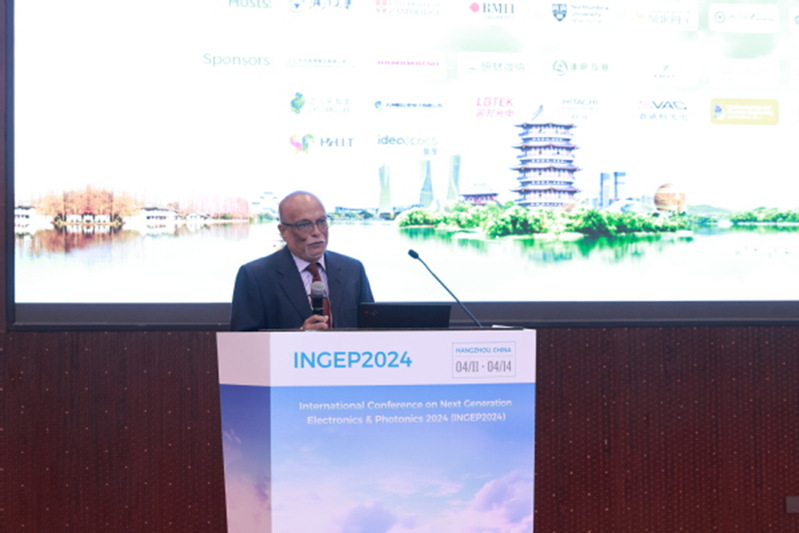
The opening ceremony was chaired by Professor Gehan Amaratunga, Chair of the conference, Fellow of the Royal Academy of Engineering, and professor at the International Joint College of Zhejiang University. The president of Zhejiang University, Professor Jiangfeng Du, academician of the Chinese Academy of Sciences, and Professor Hanming Wu, Dean of the College of Integrated Circuits at Zhejiang University and academician of the Chinese Academy of Engineering, attended and delivered speeches. Rongrong Zhong, Vice Dean of ISEE also attended the opening ceremony.
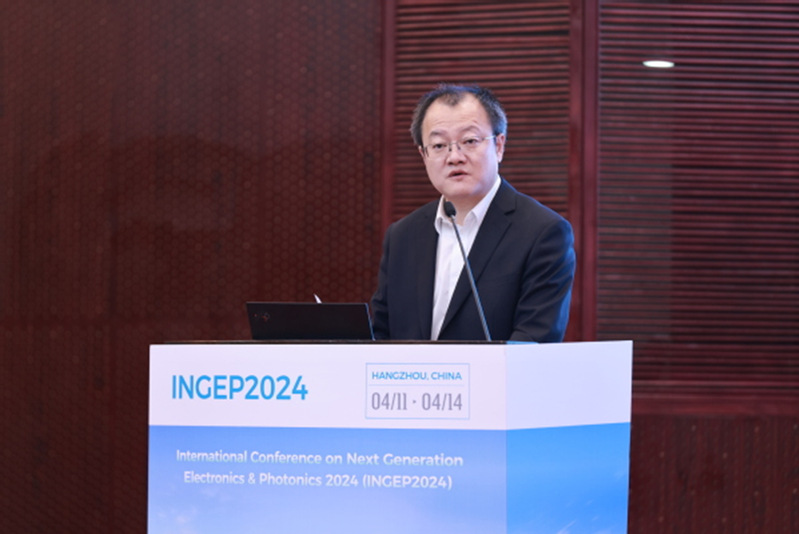
President Jiangfeng Du, representing Zhejiang University, extended a sincere welcome and heartfelt thanks to the attendees. He stated that electronics and photonics are crucial directions at the forefront of global science and technology, playing a significant role in modern science and engineering. These fields not only vigorously drive the rapid development of the information and communications sector but also have substantial application prospects in medicine, energy, and materials. He believed that the conference would promote academic exchanges and cooperation among global scholars and institutions engaged in electronics and photonics research, positively impacting the innovative development of these fields.
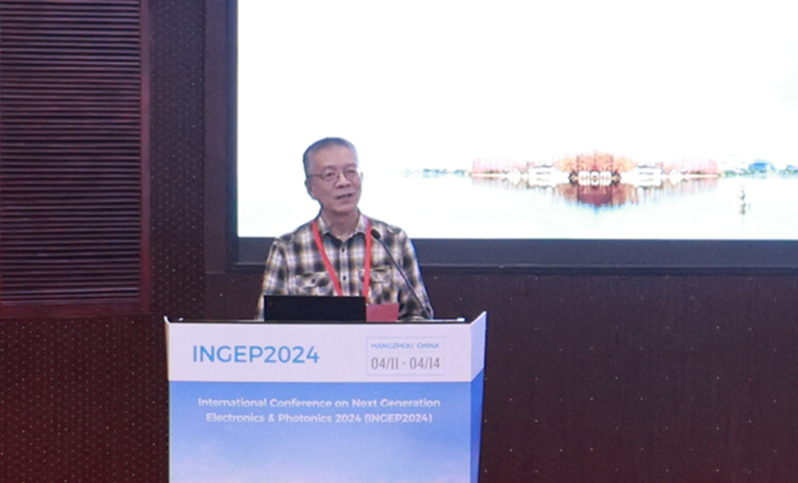
Academician Hanming Wu expressed that targeting next-generation electronics and photonics technologies, it was both necessary and timely to discuss and exchange ideas on the future path of scientific development at this conference, showcasing the global electronics and photonics community's desire for close cooperation and interaction. Zhejiang University is home to the first 12-inch 55nm process line among international universities, aiming to become one of the main global centers for research and development in electronics and photonics.
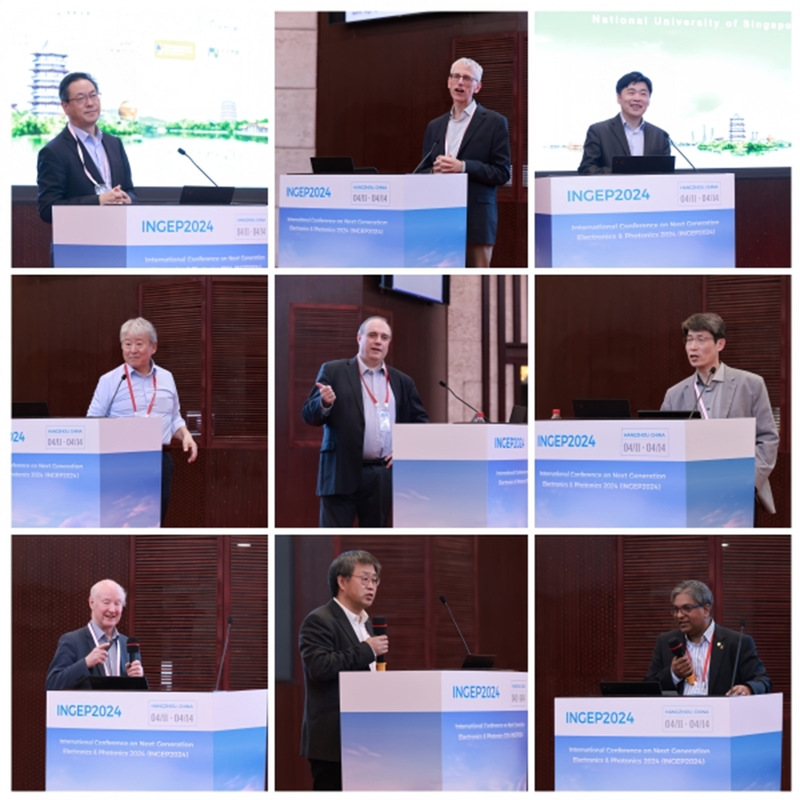
During the plenary sessions, Professor Zhonglin Wang, foreign academician of the Chinese Academy of Sciences, presented the applications of the piezophototronic effect in various fields. Professor Mark Fox from the University of Sheffield discussed methods for generating ultrafast single-photon pulses using the Purcell effect. Professor Chengwei Qiu from the National University of Singapore introduced work on high-performance photodetectors based on metasurfaces. Professor Jongmin Kim from the University of Cambridge explained smart electronic textile systems and their applications in the Internet of Things. Professor Andrea Ferrari, a Fellow of the Royal Academy of Engineering from the University of Cambridge, presented on the applications of graphene and layered materials in the photonic sector. Professor L. Jay Guo from the University of Michigan introduced photonic applications of multilayer thin-film materials, including structural colors and transparent electrodes. Professor John Robertson from the University of Cambridge, a Fellow of both the Royal Academy of Sciences and the Royal Academy of Engineering, discussed the issue of low effective carrier mobility at the SiC/SiO2 interface. Professor Huiyun Liu from University College London introduced silicon-based III-V group quantum dot materials and lasers. Professor S. Ravi P. Silva from the University of Surrey, a foreign academician of the Chinese Academy of Engineering and a Fellow of the Royal Academy of Engineering, discussed the design of flexible solar cells and their application in the field of flexible wearable electronics. These presentations by internationally renowned scholars provided a feast of knowledge, showcasing the latest advances in electronics and photonics.
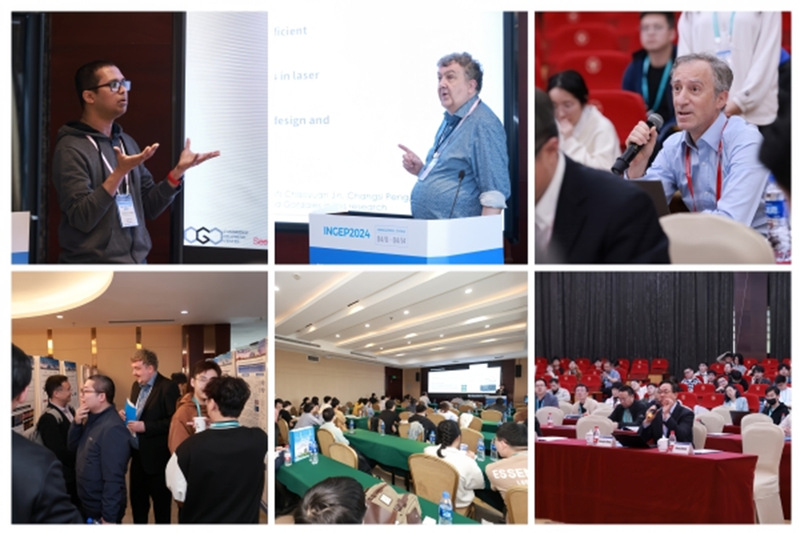
The conference also featured 89 keynote speeches and 125 oral presentations, with additional sessions held at the Jinhua Research Institute of Zhejiang University for focused academic discussions. The meeting covered 12 topics including New semiconductor devices, memory, and electronic systems; Low-dimensional electronic materials and devices; Wide bandgap semiconductor materials, devices, and technology; Flexible wearable electronics and technology; Advanced optoelectronic devices and systems; New display technologies; Nanophotonics; Integrated quantum photonics; Photovoltaic materials and devices; New sensors, actuators, and MEMS; BioMEMS, biomedical devices, and microfluidics; Micro-energy harvesting devices and technology; Wireless sensing technology. Seventeen parallel sessions were organized to facilitate exchanges under these themes. An independent award committee, composed of top international scholars recommended by various sub-sessions, conducted rigorous evaluations. The conference awarded six prizes for outstanding poster presentations and six for outstanding oral presentations, recognizing excellence and innovation in the field.
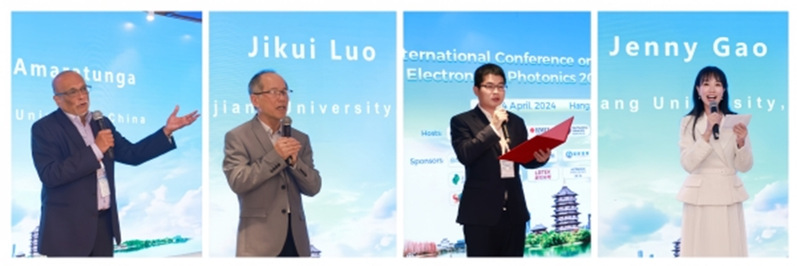
The welcome dinner was co-hosted by Professor Zongyin Yang, the executive chair of the conference from Zhejiang University, and Jiayi Gao, a member of the conference organizing committee from Zhejiang University. Professor Gehan Amaratunga, the chair of the conference from Zhejiang University, and Professor Jikui Luo, the co-chair from Zhejiang University, each delivered a speech at the dinner. Professor L. Jay Guo from the University of Michigan presented the awards for outstanding poster presentations. The outstanding oral presentations of the conference were exclusively sponsored by Hamamatsu Photonics Trading (China) Co., Ltd. The outstanding poster presentations were exclusively sponsored by Hangzhou Dingwei Electronics Co., Ltd. The co-organizers of the conference included the Jinhua Research Institute and Shaoxing Research Institute of Zhejiang University.

The conference also included a tour of the Haining International Campus, Zhejiang University, allowing attendees from around the world to appreciate the beautiful campus scenery, advanced research centers, and the achievements of international cooperative education. This visit highlighted Zhejiang University's commitment to international collaboration and showcased its state-of-the-art facilities, contributing to an enriching experience for all participants.
The three-day conference provided a high-level academic exchange platform for researchers in the global electronics and photonics fields, further expanding Zhejiang University's domestic and international influence in these areas and deepening international collaborations.
